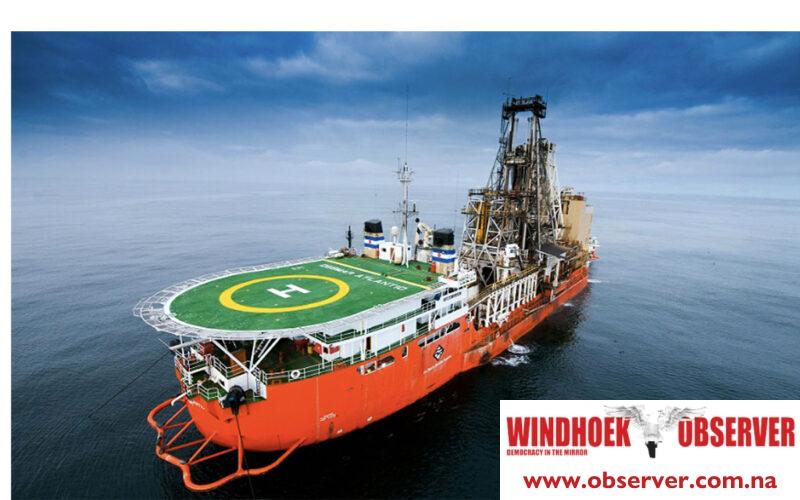CHAMWE KAIRA
Namibia has the richest known marine diamond deposits in the world, with diamond resources estimated at approximately 75 million carats in approximately 1.0 million square kilometres of seabed.
Marine diamond deposits represent around 80% of the partnership’s total diamond production and 94% of its diamond resources, based on the Anglo American 2024 Integrated Report. Anglo American owns De Beers.
De Beers operates via 50:50 joint operations with the Namibian government, recovering both land-based diamonds Namdeb and offshore mining Debmarine Namibia.
Production in Namibia decreased by 4% to 2.2 million carats in 2024 (2023: 2.3 million carats), reflecting intentional action to lower production at Debmarine Namibia, which was down 13% year-on-year, partially offset by planned higher-grade mining and better recoveries at Namdeb.
De Beers produces around a third of the world’s rough diamonds, by value, in Botswana, Canada, Namibia and South Africa.
Within its portfolio, De Beers, in partnership with the Government of the Republic of Botswana, through a 50:50 joint operation known as Debswana, has one of the richest diamond mines in the world by value at Jwaneng and one of the largest resources, in terms of total carats, at Orapa.
Anglo American said it is following a dual-track process (a divestment or demerger) to separate the De Beers business from the group, to give both Anglo American and De Beers a new level of strategic flexibility to maximise value for both Anglo American and the Government of the Republic of Botswana, as De Beers’ two shareholders.
The firm said the separation will enable De Beers to unlock full value from its origins strategy set out in May, with a focus on four key pillars underpinned by a plan to streamline the business and sustainably reduce overhead costs by US$100 million.
The report said demand from the United States, India and other countries is expected to draw down midstream inventories, while retailer restocking is expected to be supported by new natural diamond marketing, gradually improving macroeconomic conditions in China and enhanced consumer confidence in other key markets.
It said the wholesale prices of lab-grown diamonds continue to fall, perpetuated by ballooning stocks of lab-grown diamonds in India and China.
“This in turn has driven down lab-grown diamond retail prices and it is expected that these trends will further reinforce consumers’ understanding of the fundamental differences between lab-grown and natural diamond jewellery, while there are also signs that retailers in the United States are returning their focus to natural diamonds as the commercial incentives increasingly favour the sale of natural diamonds over lab-grown equivalents.”




